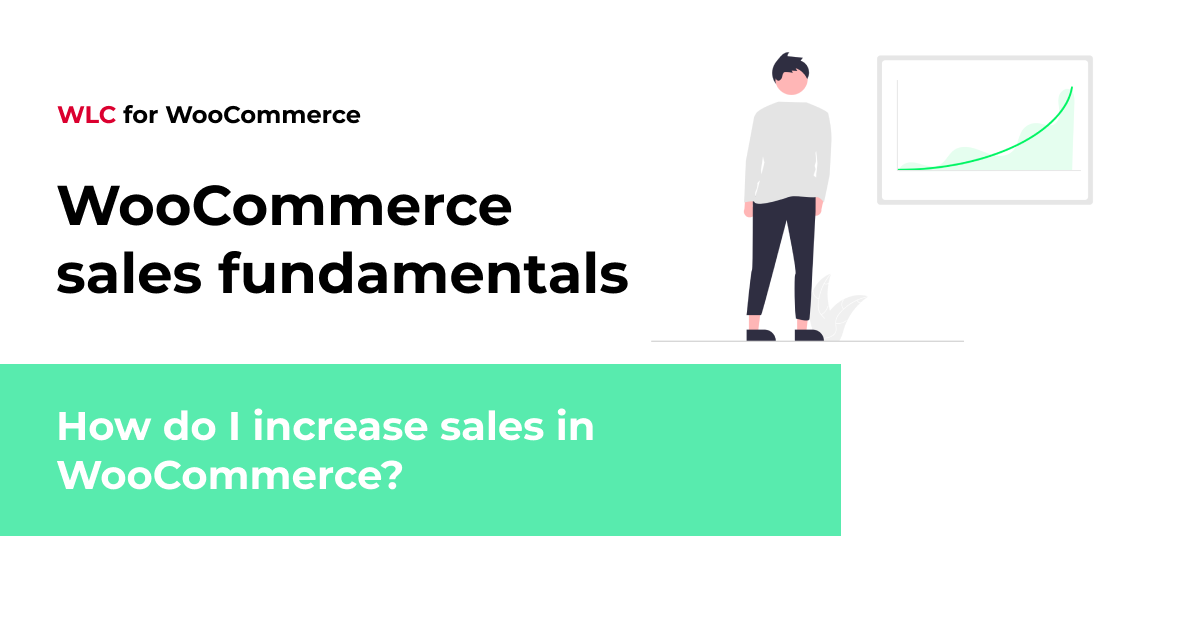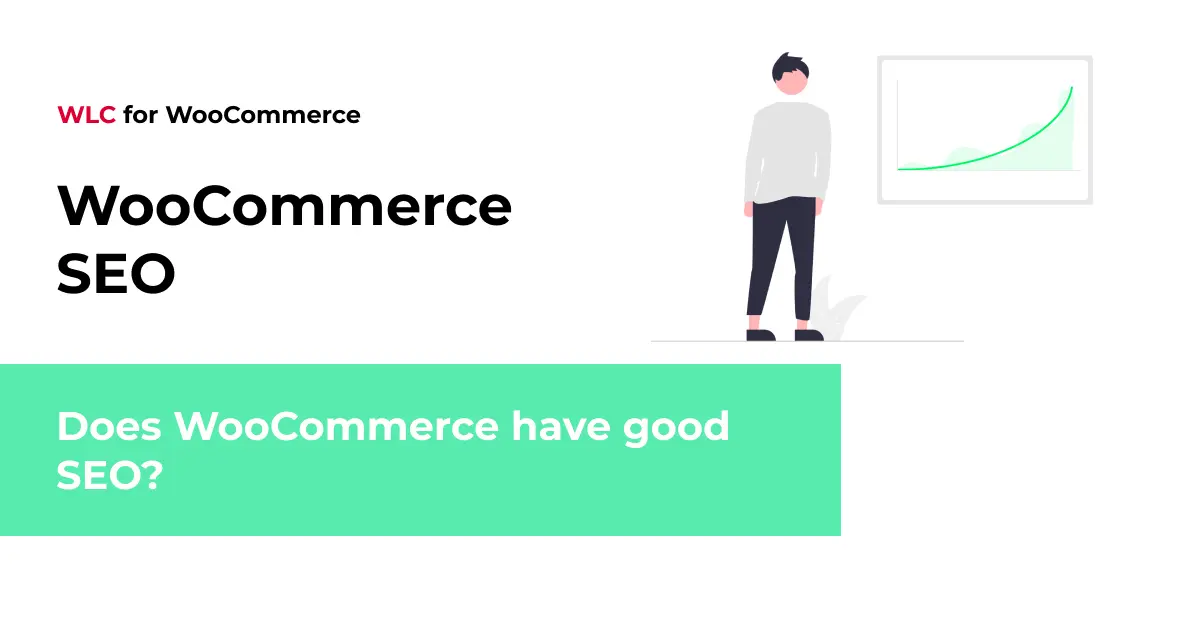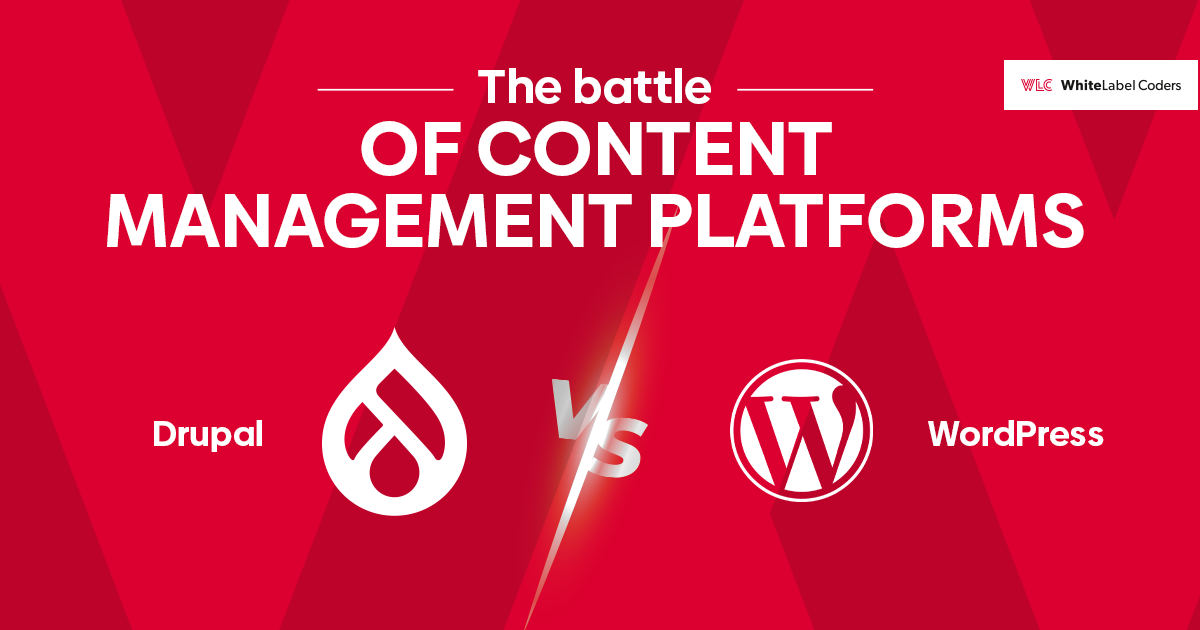Category: WooCommerce
How do I increase sales in WooCommerce?

Ever wondered how to turn casual browsers into loyal customers on your WooCommerce store? You’re not alone. In today’s competitive e-commerce landscape, increasing sales isn’t just about having great products – it’s about creating a seamless shopping experience that converts visitors and keeps them coming back. WooCommerce powers over 28% of all online stores worldwide, making it one of the most versatile e-commerce platforms available. But having a WooCommerce store is just the beginning. The real challenge is optimising it to drive meaningful revenue growth. Whether you’re just starting out or looking to boost your existing store’s performance, this guide will walk you through proven strategies to increase sales in WooCommerce. Let’s transform your online shop from a simple digital storefront into a conversion-generating machine.
Understanding WooCommerce sales fundamentals
Before diving into specific strategies, let’s establish what drives sales in a WooCommerce development context. Success in e-commerce isn’t random—it’s built on understanding and optimising key performance indicators.
What metrics should you be tracking? Start with these essential WooCommerce metrics:
- Conversion rate: The percentage of visitors who complete a purchase
- Average order value (AOV): The average amount spent each time a customer places an order
- Cart abandonment rate: The percentage of shoppers who add products to their cart but leave without completing purchase
- Customer acquisition cost (CAC): How much you spend to acquire each new customer
- Customer lifetime value (CLV): The total revenue you can expect from a single customer
Why do these metrics matter? Because you can’t improve what you don’t measure. By understanding these numbers, you can identify bottlenecks in your sales process and prioritise improvements that will have the biggest impact.
| Metric | Healthy Benchmark | Primary Influencing Factors |
|---|---|---|
| Conversion Rate | 2-4% for e-commerce | Site design, product descriptions, checkout process |
| Cart Abandonment | 60-70% industry average | Shipping costs, checkout complexity, payment options |
| Average Order Value | Varies by industry | Upsells, cross-sells, product bundles, pricing strategy |
How does store design impact WooCommerce conversion rates?
Your store design isn’t just about aesthetics—it directly impacts your bottom line. Have you ever left a website because it was slow to load or difficult to navigate? Your customers feel the same way.
A well-designed WooCommerce store incorporates these critical elements:
Responsive design that converts
With over 60% of online shopping happening on mobile devices, your store must perform flawlessly across all screen sizes. Responsive design ensures your site automatically adjusts to provide an optimal viewing experience whether customers shop from their phone, tablet, or desktop.
How does this translate to sales? Mobile-friendly sites have 88% higher conversion rates than non-responsive ones. It’s not just about fitting content on a smaller screen—it’s about creating thumb-friendly navigation, appropriately sized product images, and touch-friendly buttons.
Streamlining the checkout process
Every additional step in your checkout process increases the likelihood of abandonment. Aim to create a frictionless checkout by:
- Reducing form fields to the absolute minimum
- Offering guest checkout options
- Including multiple payment gateways
- Displaying a progress indicator during checkout
- Using clear call-to-action buttons
The most effective WooCommerce stores aren’t always the flashiest—they’re the ones that remove obstacles between the customer and the purchase.
Product page optimisation
Your product pages are where purchasing decisions happen. Focus on creating pages that answer customer questions before they arise:
- Use high-quality, zoomable product images from multiple angles
- Write detailed yet scannable product descriptions
- Include social proof through reviews and ratings
- Show clear pricing and availability information
- Display related products to encourage additional purchases
Essential WooCommerce plugins to boost sales
One of WooCommerce’s greatest strengths is its extensibility through plugins. The right plugins can transform your store’s functionality and dramatically increase sales in WooCommerce.
Upselling and cross-selling tools
Amazon attributes up to this 35% of its revenue to cross-selling (“customers who bought this also bought”) and upselling strategies. For WooCommerce stores, plugins like Product Recommendations can automatically suggest related products based on browsing history and purchase patterns.
How do you implement this effectively? Don’t just randomly suggest products – use data to make relevant recommendations that genuinely enhance the shopping experience.
Cart abandonment recovery
Did you know you can recover up to 15% of abandoned carts with the right strategy? Cart abandonment recovery plugins send automated emails to customers who leave without completing their purchase, often offering incentives to return.
These plugins track user behaviour, identify when a cart is abandoned, and trigger personalized email sequences to bring shoppers back to complete their purchase.
Loyalty and rewards programs
It costs 5-25 times more to acquire a new customer than to retain an existing one. Loyalty program plugins help you reward repeat customers with points, discounts, or special offers, encouraging them to return and make additional purchases.
Implementing effective pricing and promotion strategies
Your pricing strategy can make or break your sales performance. It’s not just about setting prices—it’s about creating a perception of value that motivates purchases.
Strategic discount structures
Discounts and promotions can drive immediate sales increases, but they need to be used strategically to avoid diminishing your brand value. Consider these approaches:
- Time-limited offers: Create urgency with flash sales or limited-time discounts
- Volume discounts: Encourage larger purchases with tiered pricing
- Bundle pricing: Increase average order value by offering product bundles at a discount
- Membership discounts: Reward loyalty with exclusive pricing for members
When implementing discounts, always calculate your margins carefully. The goal is to increase overall revenue, not just unit sales at the expense of profitability.
Psychological pricing techniques
The psychology of pricing plays a crucial role in purchase decisions. Techniques like charm pricing (£19.99 instead of £20), anchoring (showing the original price alongside the sale price), and decoy pricing can significantly impact conversions.
How can marketing automation enhance WooCommerce sales?
Marketing automation allows you to nurture customer relationships at scale – sending the right message to the right person at the right time.
Email marketing sequences
Email marketing remains one of the highest-ROI marketing channels, with an average return of £42 for every £1 spent. Email marketing automation for WooCommerce can include:
- Welcome sequences for new customers
- Post-purchase follow-ups
- Re-engagement campaigns for dormant customers
- Birthday and anniversary special offers
- Product recommendation emails based on purchase history
Customer segmentation strategies
Not all customers are the same, so why would you market to them identically? Customer segmentation involves dividing your audience into groups based on their behaviour, preferences, or demographics to deliver more targeted marketing.
Effective segments might include:
| Segment Type | Description | Marketing Approach |
|---|---|---|
| First-time customers | New to your brand | Welcome offers, educational content |
| Repeat customers | Made multiple purchases | Loyalty rewards, early access to new products |
| High-value customers | Top 20% of spenders | VIP treatment, personalised recommendations |
| At-risk customers | Haven’t purchased recently | Re-engagement campaigns, special incentives |
Optimizing your WooCommerce store for search engines
Even the best-designed store won’t drive sales if customers can’t find it. WooCommerce development should always include comprehensive SEO strategies.
Product SEO fundamentals
Products have unique SEO requirements compared to standard content pages. Optimise your product listings by:
- Using keyword-rich product titles and descriptions
- Implementing unique content for each product (avoid manufacturer descriptions)
- Optimising image filenames and alt text
- Creating logical URL structures
- Using breadcrumb navigation
Technical SEO considerations
Technical SEO ensures search engines can properly crawl and index your store. Key considerations include:
- Implementing structured data/schema markup for products
- Optimising site speed through image compression and caching
- Creating and maintaining an XML sitemap
- Using canonical tags to prevent duplicate content issues
- Ensuring mobile-friendliness
Remember that SEO isn’t just about rankings – it’s about bringing qualified traffic that’s ready to purchase. Focus on keywords with commercial intent rather than just high search volume.
Applying WooCommerce insights to build sustainable growth
Sustainable growth comes from continuous improvement based on data. The most successful WooCommerce store owners don’t rely on guesswork – they let customer behaviour guide their decisions.
Analytics-driven decision making
WooCommerce integrates with various analytics tools that provide invaluable insights. Use this data to:
- Identify your highest-converting traffic sources
- Understand which products drive the most revenue
- Determine optimal pricing points
- Spot bottlenecks in your checkout process
- Recognise seasonal trends to inform inventory planning
Creating a prioritised improvement roadmap
With limited resources, how do you decide what to improve first? Create an impact-effort matrix to prioritise improvements:
- High impact, low effort: Implement these immediately
- High impact, high effort: Plan these as major projects
- Low impact, low effort: Do these when time permits
- Low impact, high effort: Reconsider or postpone these
Remember that WooCommerce development isn’t a one-and-done project – it’s an ongoing process of refinement and optimization. By continuously applying the strategies outlined in this article, you’ll create a sales engine that grows more effective over time.
Are you ready to take your WooCommerce store to the next level? The path to increase sales in WooCommerce begins with understanding your customers, optimising their experience, and implementing data-driven improvements. The strategies we’ve explored provide a roadmap – now it’s time to put them into action.






